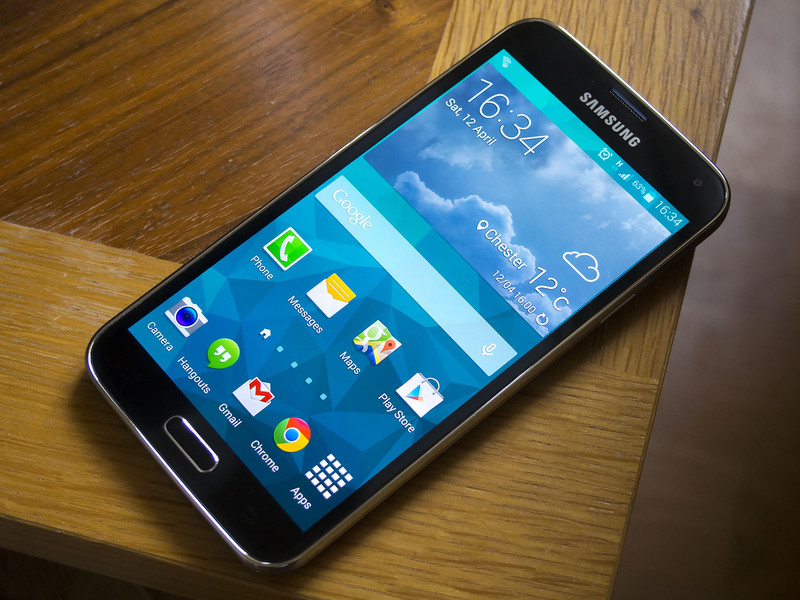
Humans have an innate need to play. Marketers’ jobs have always been to tap into human psychology to figure out how to get a product or brand to appeal to us. When they do this through that desire for play, it’s called gamification. Technically, any time elements of games are applied to non-game settings, it’s gamification and it happens to work exceptionally well with mobile marketing. Simply choose from among the following ten game elements below and decide on a medium (a mobile app or website, QR codes, or SMS messages) and create your gamification campaign.
Loss aversion
It’s easy to see how loss aversion would be hardwired into our brains. In primitive times, losing a race to a predator or losing a meal to a competitor could be the difference between life and death. While the average human no longer has to worry about life and death every single day, we still hate losing and brands can use that hatred of losing to great effect in a mobile strategy. Many loyalty programs do this already by setting expiration dates for accumulated points. Spend them or lose them.
Progress
On the other side of the coin from loss aversion, humans like to feel they are progressing, moving up in status, or improving their situation in some way. Progress or status bars in video games tell us when we’re about to collect enough coins to gain an extra life or how many more experience points until a level up. Brands can tap into this by portraying visual representations of progress to consumers.
Narrative
There’s something satisfying about hearing a story progress to its conclusion. Storytelling, and especially serials where a story is told in tiny parts and released in installments can be a powerful incentive for consumers to pay close attention to a brand. After all, who doesn’t want to know what happens next?
Curiosity
Curiosity might be one of the most powerful motivators we experience. Curiosity can get us into trouble when it leads us to do something risky out of a desire to see what happens. But curiosity can also be a positive. Many companies use this gamification element to clear out old stock in the form of mystery boxes which customers can purchase. They might be thrilled to receive an item they would never have purchased in the first place simply because it was a mystery until they opened it.
Time pressure
A ticking clock is another powerful motivator. If you’ve ever played a video game level with a time limit, you know how stressful (but also fun) it can be to race a clock. Flash sales and doorbuster sales are races against time to get a really good deal on a product.
Scarcity
A funny thing about humans is that we desire things that are rare, even if they possess no inherent value. Take diamonds, they’re just carbon that was pressurized and formed just so into diamonds. You can’t eat them or craft tools from them. But people will trade vast sums of wealth, even millions of dollars for them. In gamification, you can include something rare so that collectors just have to have it.
Strategy
Games that are heavy on thinking and require thinking a few moves ahead about the various pros and cons of different decisions are said to be strategic. Gamification that stimulates the mind through strategy can be a powerful marketing tool.
Rewards
Rewards can be random, they can be time dependant (think BOGO offers on your birthday or happy hour at a restaurant) or they can be fixed to accomplishment (save up this many points and get a free meal). It’s no secret that people like winning things. This gamification element is a no-brainer and it’s where you incorporate incentive.
Competition
Humans can be fiercely competitive, even when the reward itself is just a worthless trophy. It’s the feeling of winning over someone else that does the motivating. Brands can incorporate gamification that pits customers against each other to create incentive without having to give away physical prizes.
Quest
The ultimate goal in games is to finish them to completion, to reach the end, defeat the final boss, save the princess. The notion of a quest or finishing point in gamification can motivate a customer to stick with a game for a long time until it is finished.
Mobile Technology News brought to you by biztexter.com
Source: gamified .uk/user-types/gamification-mechanics-elements/


